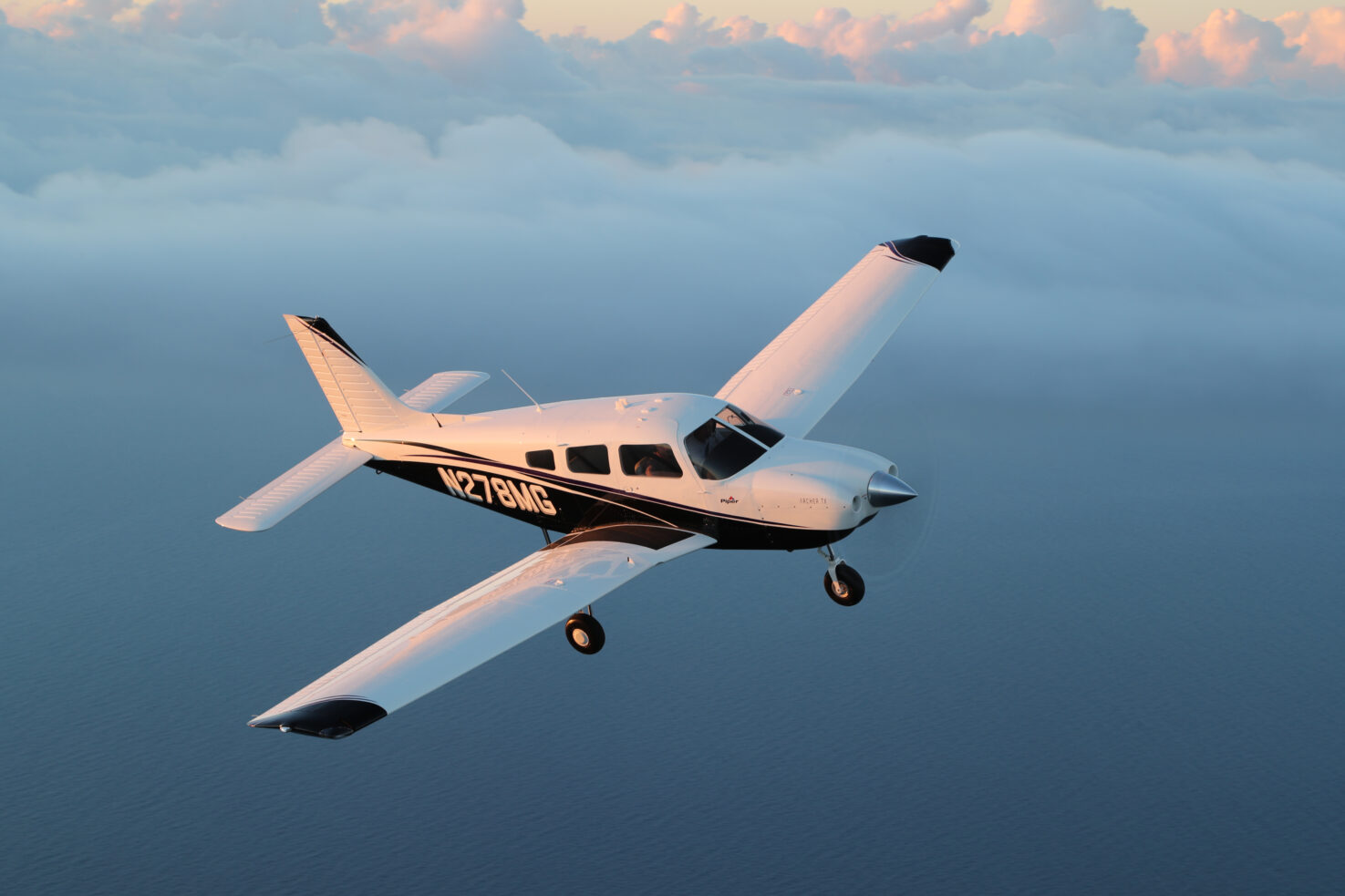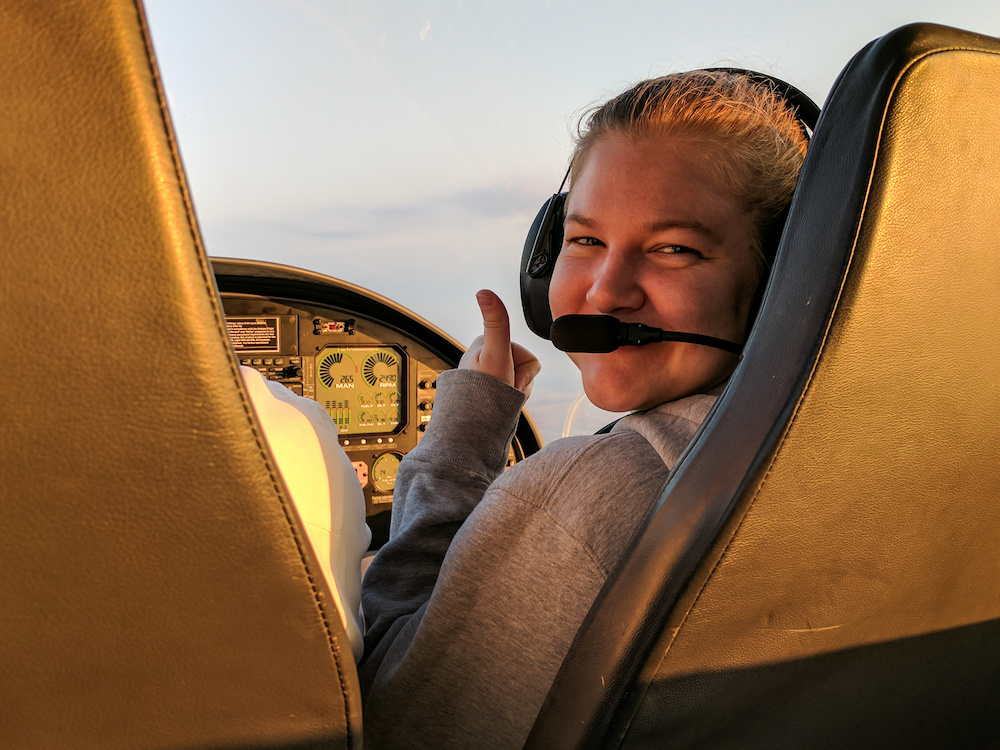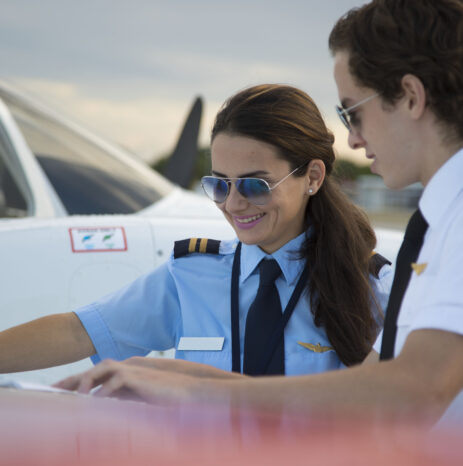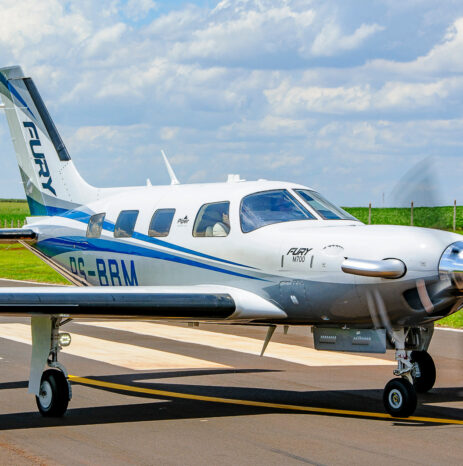Are you dreaming of becoming a pilot? The thrill of exploring the world from above is something that many people aspire to experience. But becoming a pilot isn’t just about having a dream — it’s about putting in the time, money and effort to make that dream a reality.
Whether you’re interested in becoming a professional pilot for your career or are just looking to fly for fun, you might be wondering where exactly to start. So, we’re answering the most common questions we hear from aspiring pilots and taking you through the basic steps of what it takes to start on your journey to the skies.
Understanding the Different Types of Pilot Licenses
Before you begin your training, it’s helpful to understand the different types of pilot licenses and what each one allows you to do. Your goals will determine which certificate is right for you.
In the U.S., the Federal Aviation Administration (FAA) issues several types of pilot certificates:
- Recreational Pilot: A recreational pilot license offers a more accessible path to flying with fewer training hours required. However, it comes with limitations on aircraft size, passenger count and how far you can fly from your departure airport. It’s ideal for those who want to fly for fun on a more local scale.
- Private Pilot (PPL): This is the most common starting point for aspiring aviators. A PPL allows you to fly solo or with passengers for non-commercial purposes and is a required foundation for further ratings and certifications.
- Instrument Rating: This rating allows you to fly using only your instruments, which is especially important for poor weather conditions. It’s arguably one of the most valuable ratings you can add to your pilot certificate, and it’s a fun and challenging discipline of flight training.
- Commercial Pilot (CPL): This license allows you to get paid to fly. It’s essential if you want a career in aviation and builds on the skills learned during private pilot training.
- Airline Transport Pilot (ATP): The highest level of pilot certification, the ATP license is required to serve as a captain for an airline. It requires significant experience and advanced training, often pursued after years of commercial flying.
What Requirements Are Needed To Become a Pilot?
To become a pilot, you will need to meet specific qualifications, which vary depending on the type of pilot’s license you are seeking and the country in which you are training. In general, you’ll need to:
- Meet the minimum age requirement: This varies from country to country and based on the type of aircraft you wish to operate. In the U.S., you must be at least 16 to earn a student pilot certificate, 17 for a private pilot certificate and 18 for a commercial pilot certificate. If you’re outside the U.S., be sure to research your local aviation authority’s age regulations, as these may differ by country and aircraft type.
- Meet the minimum education requirement: The specific educational requirements prospective students need to meet depend on the school you choose to train at. Some pilot training programs require applicants to have at least a high school diploma or equivalent, while others allow students to begin training while still in high school. Certain universities also offer aviation programs that allow students to earn their pilot’s license alongside a four-year degree. For more information on the requirements for flight schools near you, check out our list of Piper Flight School Alliance partners.
- Pass a medical examination: Pilots must pass a medical examination to ensure they are physically and mentally fit to fly. In the U.S., pilots must be examined and approved by an FAA-designated Aviation Medical Examiner (AME) to obtain a Medical Certificate. This examination includes a physical exam, vision and hearing tests, and a review of your medical history. The FAA suggests getting your Medical Certificate before beginning flight training. Your certification class should be based on your career goals. Private pilots and students only need a third-class certificate. Commercial pilots need a second-class certificate, while airline transport pilots need a first-class certificate.
- Meet language proficiency requirements: Pilots must be able to speak and understand English, as it is the international language of aviation. Some countries may have additional language proficiency requirements for pilots.
In addition to the technical skills and knowledge required to become a pilot, you will also need good physical coordination and mental focus, as well as the ability to handle stress and make quick decisions. Pilots are responsible for the safety of their passengers and crew, so they must be able to perform their duties effectively and efficiently.
Overall, becoming a pilot is a challenging but rewarding process. Even though flight training requires a lot of hard work and dedication at times, students have access to a wide range of resources to help them accomplish their flight training. When your flight training is complete, the sense of accomplishment and the option to pursue a fulfilling career make it well worth the effort.
Take our quiz to see if you have what it takes to be a pilot!
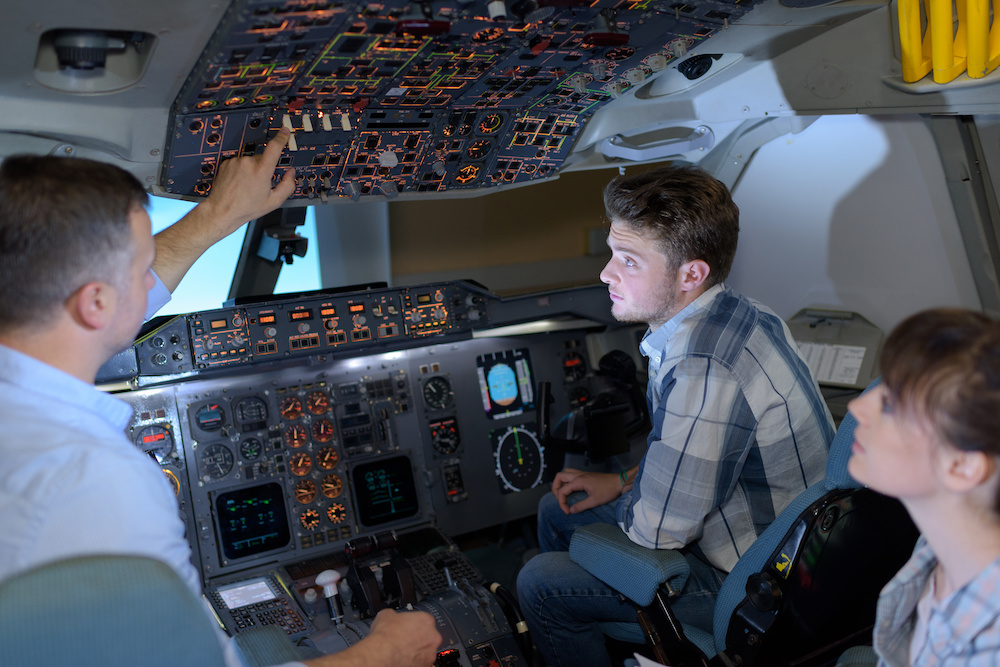
What Training and Certifications Do You Need To Become a Pilot?
Becoming a pilot requires both classroom learning and practical flight experience. The exact training path depends on your goals, but most students follow a similar process at the start.
To begin, you’ll need to complete a combination of ground school and in-air training. Ground school covers essential knowledge like airspace rules, aircraft systems, navigation and meteorology. This instruction can be done online, in a classroom or through a hybrid format. Meanwhile, flight training takes place in the cockpit with a Certified Flight Instructor (CFI), who guides you through hands-on lessons and helps prepare you for certification exams.
Flight training isn’t just about hours and checkrides. It also builds key skills like decision-making, situational awareness and the ability to manage stress in the cockpit. During your training, you’ll learn how to handle a range of scenarios, from navigating changing weather to managing inflight emergencies.
As you progress, you’ll log the hours and complete the evaluations required for each certificate or rating. For example:
- PPL: Requires at least 40 hours of flight time, including both dual and solo instruction, plus written, oral and practical exams.
- Instrument Rating: Requires at least 15 hours of instrument flight training from an authorized instructor in the aircraft category for the instrument rating you’re seeking, along with a minimum of 40 hours of actual or simulated instrument time.
- CPL: Requires at least 250 hours of total flight time in addition to written, oral and practical exams.
Once certified, many pilots continue training to gain specialized skills or meet professional hour requirements. You might add endorsements like a multi-engine rating, or build experience through roles such as CFI, aerial survey pilot or banner tow pilot. These stepping stones help prepare you for advanced roles, including those that eventually require an ATP license.
How Long Does It Take To Become a Pilot?
The amount of time it takes to become a pilot depends on a number of factors, including the type of pilot’s license you are seeking, the country in which you are training and your dedication and willingness to learn the necessary skills and material. But to determine how long it’ll take you, you’ll need to account for training both in the skies and on the ground.
Altogether, the process of becoming a pilot can take several months to several years, depending on the type of certificate you’re pursuing, your availability and how frequently you’re able to fly. Some flight schools offer accelerated programs that help you progress more quickly, but whether you move fast or take your time, becoming a pilot requires patience, dedication and a strong commitment to safety.
How Much Does It Cost To Become a Pilot?
With all that flight time, training and certification, becoming a pilot can be expensive. The specific cost of your pilot training depends on a number of factors, including the type of license you are seeking, the location and duration of your training and the type of aircraft you are using for your training.
Generally, the cost of pilot training can range from several thousand dollars for a private pilot’s license to tens of thousands of dollars for training through more advanced certificates and ratings. These costs include flight time, ground school classes, exam fees and other training expenses.
It is important to carefully research the cost of pilot training before you begin and prepare for the financial investment involved. Some people may be able to offset the cost of training through scholarships or grants, while others may want to save up and pay for training out of pocket. Many students in training are aided by loans or other financing options, so regardless of your financial situation, take time to explore your options!
How To Pick a Flight School
Choosing a flight school can be a challenging process, but it’s an important decision that can greatly impact your future as a pilot. It may be a good idea to tour the flight school so you can physically see the aircraft and interact with the instructors at the school to ensure it will be a good match for you. Additionally, many flight schools offer what’s called a Discovery Flight, where you have the chance to fly with a CFI and try flying in a small flight training aircraft for the very first time.
Another parameter to consider when choosing a flight school is the school’s location. Aside from the convenience of finding a flight school near you, you may also want to consider the local weather conditions, as they may impact your training. Schools in areas with a lower cost of living may also be more affordable overall. You can also speak with current students and instructors to see how their training experience has been at that particular location.
It’s also smart to examine the types of aircraft the school uses for training and whether they are well-maintained. Aircraft availability and reliability are two important parameters to consider at your prospective flight school. If you’re looking for a school with Piper aircraft as part of its fleet, our Flight School map lists high-quality flight schools all over the world. Piper aircraft are consistently rated as some of the best to learn to fly in, having been used to train student pilots for decades.
If you’re ready to start your journey to becoming a pilot, find a flight school near you today!
Find a Flight School